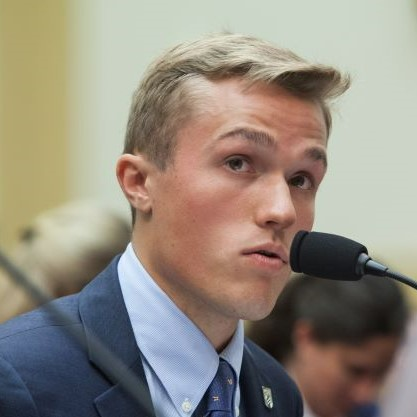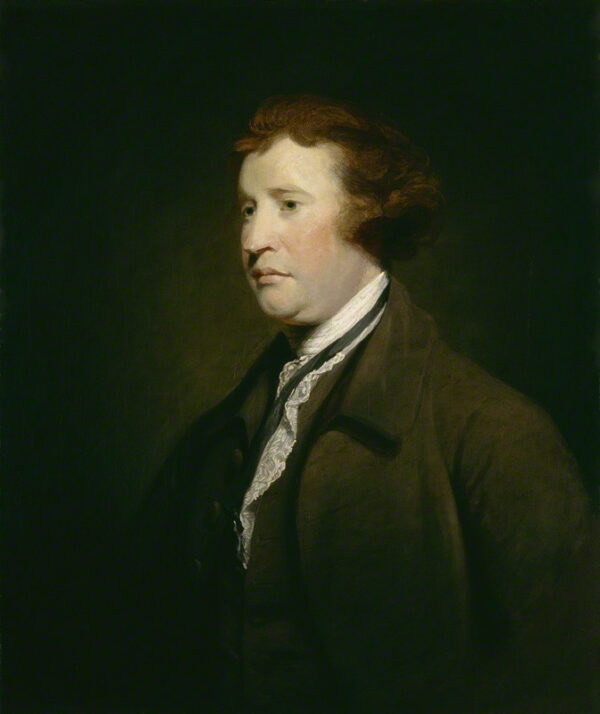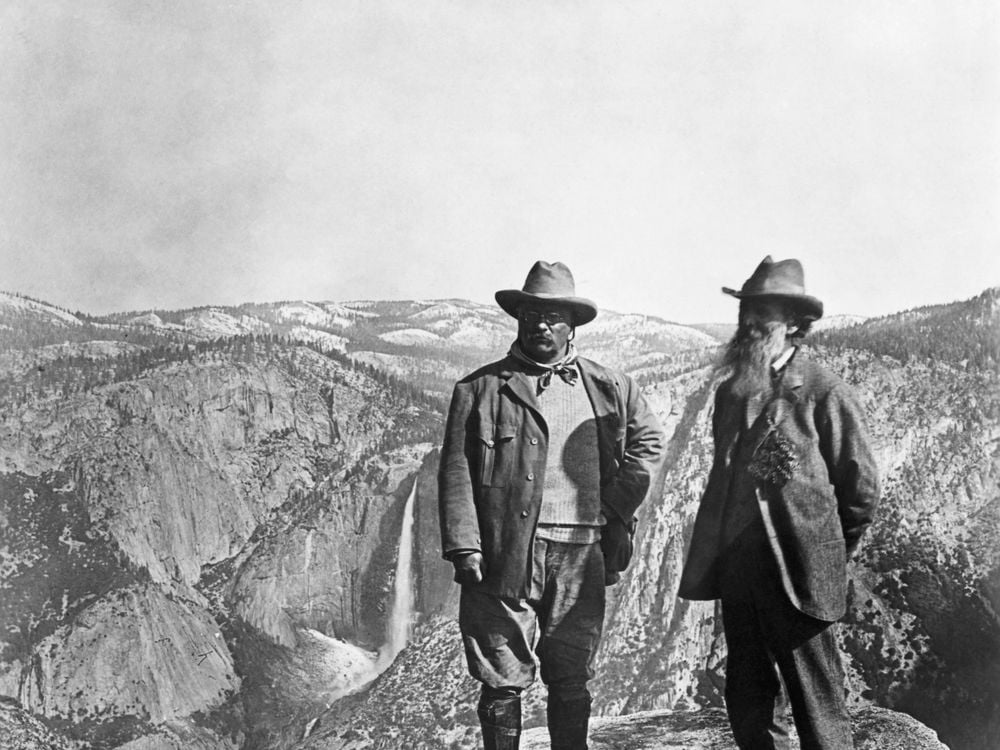When most of us think of an environmentalist, a specific image comes to mind.

Left-wing activists protesting loudly, chaining themselves to trees or train tracks, trying their hardest to stop new industrial projects even if it means endangering themselves.
And who’s backing them up?
Socialist environmental organizations, warning that science says we are on the brink of disaster due to climate change, urging the masses to reject the profit-driven motives of big businesses.
The stereotype has created a strong link between liberalism and environmentalism and a strong negative response from many business-minded conservatives.
However, what often gets lost in this mix of anger, fear, and statistics of doom is that environmentalism shouldn’t be a left-right issue.
The ideas of conservation and “conservatism” have overlapped long before modern political divisions intensified. That makes sense because living within natural and economic limits goes to the essense of the word “conserve.”
Preserving our natural environment for future generations was traditionally a conservative viewpoint, and initially, conservatives were at the forefront of the environmental movement.
Conservation and Conservatism
Conservatism is a philosophy and ideology that aims to uphold and protect traditional institutions, customs, and values. Historically, an essential part of conservatism was the commitment to conserving natural resources.
Edmund Burke, the founder of modern conservativism, is known for stating, “The earth, the kind and equal mother of all, ought not to be monopolized to foster the pride and luxury of any men.”
He believed that society was a “contract” focused on forming a partnership between “those who are living, those who are dead, and those who are to be born.” These hallmarks of sustainability were the foundation of conservative thought.
For a long time after Burke, many conservative politicians championed this ‘sustainability’ notion through policy and action.
In the broadest sense, sustainability refers “to the ability to maintain or support a process continuously over time,” which is precisely what conservatism strives for.


Beyond Burke
Theodore Roosevelt, the 26th President of the United States, was one of the earliest advocates for conservation and a quintessential example of a revered conservative politician.
He made significant environmental achievements during his presidency between 1901 to 1909. He protected 260 million acres of public land and strongly opposed unsustainable resource extraction.
“In a word, we have thoughtlessly, and to a large degree unnecessarily, diminished the resources upon which not only our prosperity but the prosperity of our children and our children’s children must always depend,” he famously said.
One of Roosevelt’s associates, John Muir, founded the Sierra Club, one of North America’s best-known environmental organizations. In the US, he is known as “the father of our national parks.”
He was also a deeply conservative visionary who had strong fears about the damage industrial expansion was doing to America’s natural beauty.
Not to idolize him too much, Muir was also a racist and well-known to have connections to the eugenics community at the time. Eugenics attempted to alter human gene pools by excluding people and groups judged to be inferior or promoting those considered to be superior, but that’s a whole other story.
For this article, we’ll fast forward in time a bit past when white supremacy and the environmental movement were practically interchangeable (another overlooked history lesson.)


Canada’s Conservation-Loving Conservatives


More often than not, our most meaningful environmental laws were initiated by conservatives.
Conservatives pushed through a global treaty to save the ozone layer in 1987, which is still one of the most successful environmental efforts in history.
Conservative Prime Minister Brian Mulroney originally wrote and later passed the Environmental Protection Act, Canada’s first-ever pollution law.
As Prime Minister, Mulroney added eight national parks and signed the historic Canada-US Air Quality agreement to tackle acid rain.
In fact, Mulroney is often referred to as the “greenest” Canadian Prime Minister in history.
And the dreaded carbon tax? A topic that leaves many conservative Albertans cringing?
Interestingly, it was actually the Conservatives who first proposed this policy, not the Liberals.
Surprising, isn’t it?
Conservative in Name and Action
While the media portrays caring about the environment as the opposite of caring about business, this is not the case in theory or practice.
As Nathan Stone said, speaking on the topic for the Conservative Environmental Network – a group dedicated to showing that conservatism and conservation go hand and hand – “Some parts of the media would have you believe that people like me only exist in universes where pigs can fly, and Christmas comes twice a year.”
But in Alberta, proof is all around us that a conservative mindset overlaps with a drive toward sustainability and environmental conservation.


From Raymonites being the first to hit net zero simply because using solar was the most financially sustainable option, to cattle farmers keeping waste out of landfills because it’s a great way to cheaply supplement their cow’s diets, to everyday Albertans pushing back at big projects close to home simply because they – much like the original conservatives – care deeply about protecting the lands they live on.
There are endless examples of people championing the conservative ideals of individual freedom from dependence, fiscal responsibility, and a strong moral sense of right and wrong.
When these morals are the actual base of action, they align with environmental sustainability nearly every time.
As possibly one of the most famous conservative minds ever said:
“What is a conservative after all, but one who conserves, one who is committed to protecting and holding close the things by which we live.” – Ronald Reagan
There’s a long history demonstrating conservatives’ connection to the environmental movement and many present-day grassroots conservative movements that prioritize environmental sustainability.
So, the question is, why are conservative political movements portrayed as not giving a damn about the environment we all depend on?
The truth is a doozy. We’ll follow up with part two; stay tuned.






